Forbidden no longer: Historic riches revealed
Updated: 2016-10-10 07:54
By Wang Kaihao(China Daily)
|
||||||||
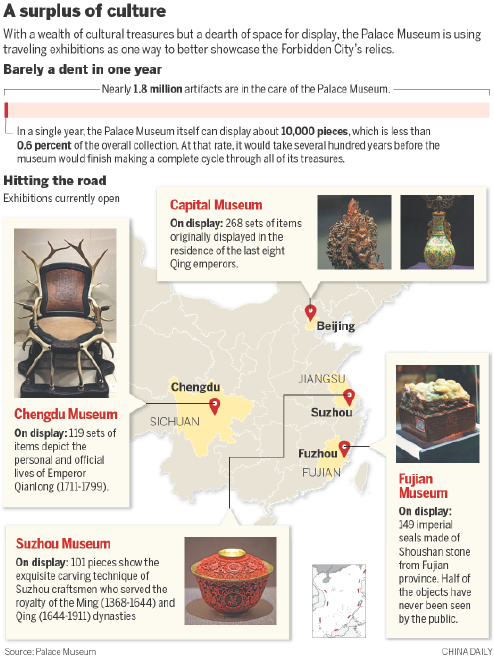
The Palace Museum, with most of its 1.8 million relics in storage, is opening new displays and loaning more artifacts.
Few of the 15 million visitors who pass through the world's most visited museum have any idea about the true size of its massive collection.
The great bulk of the 1.8 million treasures under the care of the Palace Museum in Beijing is hidden from public view because the museum has only enough space to display about 10,000 items a year.
But the museum, which turns 91 on Monday, is continuing to look for new ways to better showcase its priceless collection.
After 18 exhibitions at the museum last year to mark its 90th anniversary, it is now intent on ensuring that relics stored there are given a lot more exposure.
The museum, also known as the Forbidden City, was home to 24 emperors from the Ming (1368-1644) and Qing (1644-1911) dynasties, until China abolished the monarchy.
"It doesn't matter how many collections a museum has if they are all in storage," Shan Jixiang, the museum director, told China Daily recently.
"The most important thing is how many are exhibited. If we were to rely on our current exhibition space and the time required for shows, it would take several hundred years to exhibit them all," Shan said.
The museum is now giving its relics much greater exposure by lending them to other venues in China. Four exhibitions of treasures from the museum are now taking place at other museums-in Beijing, Chengdu, Suzhou and Fuzhou.
For the first time, 268 sets of cultural relics, ranging from the throne, furniture and paintings to articles such as hot pot utensils, have been moved out of the Forbidden City to be exhibited at the Capital Museum, about 7 kilometers away.
The items were originally displayed in the Hall of Mental Cultivation, the residence of the last eight Qing emperors. Renovation of the hall, which began late last year, will take five years. Only a small area of the hall was previously open to the public because of its confined space and security issues.
"Visitors were restricted to glimpses of exhibits that sat behind glass panes and locked doors," Shan said.
"With the support of other museums, the public can now get a much closer look at the exhibits and a much better feel for them. Now, when our palaces are being renovated, we need not put all their cultural relics into storage."
The exhibition hall of the Capital Museum, which is about three times larger than the showrooms at the formal residential hall of the emperors, is a brighter and more spacious venue that provides virtual reality headsets so visitors can get a more complete look at the royal treasures.
"We appreciate the Palace Museum sharing its resources with other museums," said Guo Xiaoling, director of Capital Museum. "This is also good for institutions because of the training and research opportunities."
The same exhibition will tour Hong Kong next June to mark the 20th anniversary of the special administrative region's return to China.
An exhibition associated with the reign of Emperor Qianlong (1711-1799), now at Chengdu Museum, drew at least 30,000 visitors on its opening day, Sept 16. The exhibition depicts the emperor's life through 119 sets of personal and official items from the Palace Museum collection, including his deer antler chair, robes, weapons and armor.
In Suzhou Museum, an exhibition of Palace Museum artifacts attracted crowds over the National Day holiday. The 101 items, made of jade, lacquer, bamboo, and ink stone, demonstrated the exquisite carving technique of Suzhou craftsmen who served the country's royal families in the Ming and Qing dynasties.
At the show's opening ceremony in August, Shan of the Palace Museum said it was significant that the treasures had returned "to their hometown" for exhibition. He reminded visitors that they do not have to always look to other countries like Germany or Japan to see fine craftsmanship.
Another cache of Palace Museum artifacts-149 imperial jade seals of the Qing Dynasty that were made of Shoushan stone from Fujian province-also went home for display at the Fujian Museum in Fuzhou. The public had never seen half the objects.
The Palace Museum is also moving staff offices out of the core of its complex to expand areas open to the public and allow for display of more cultural relics.
"Half the 1,500 employees, including me, will move from behind the red walls," Shan said. "Only the security guards and some relics restorers will remain inside."
By year's end, about 76 percent of the museum's 720,000 square meters will be open to the public, and by 2020 the figure will reach 80 percent, Shan said. In 2002 only about 30 percent was accessible to visitors.
"The museum attracts many people, but it becomes meaningless when they come only for a quick tour of the architecture and leave," Shan said.
"The central axis (of the complex) has become an unavoidable route for everyone coming to the museum," Shan said of the museum's most crowded area. "But things will change."
The museum now has readied 19 palaces, on both sides of the central axis, for display as they were in earlier years. Among them, the crown princes' former residence will be shown as it was centuries earlier than has been shown, and visitors will be able to see items including the toys the little princes played with.
The Palace of Longevity and Health, where Emperor Qianlong's mother lived, began to receive visitors last year. Opening that section of the museum allowed people a glimpse into the world of royal women.
With new areas opening, more people are expected to take paths other than through the central axis, Shan said. It also will become more common to visit the palace more than once.
Xiao Shan, 32, of Beijing, is already a repeat visitor. She finds something new to see each time she visits, she said.
"A good museum should be a place you can go again and again, and never get bored."
Shan said: "The biggest feature of exhibitions at the Palace Museum is the coming together of the exhibits and the architecture."
- Chinese tourists forced to sleep at airport for 5 days
- Saudi-led coalition denies striking funeral in Yemen's capital
- From bars to shops, seniors working in Tokyo
- Boat with some kids aboard capzised in San Francisco
- China urges G20 to implement Hangzhou consensus
- Trump hit by his own lewd remarks about women
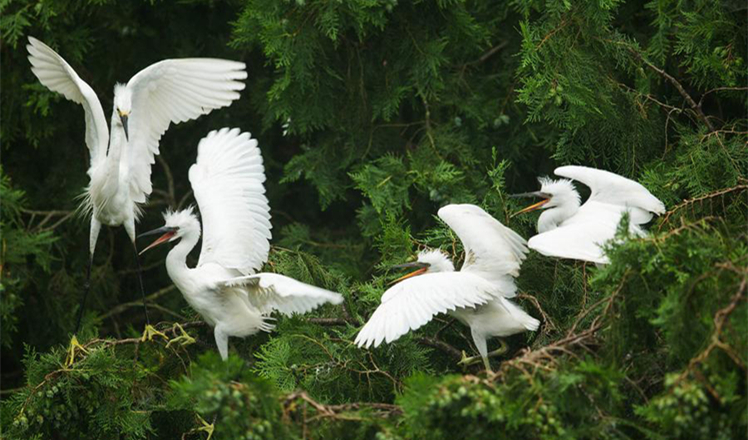
 Egrets Seen in East China's Jiangsu
Egrets Seen in East China's Jiangsu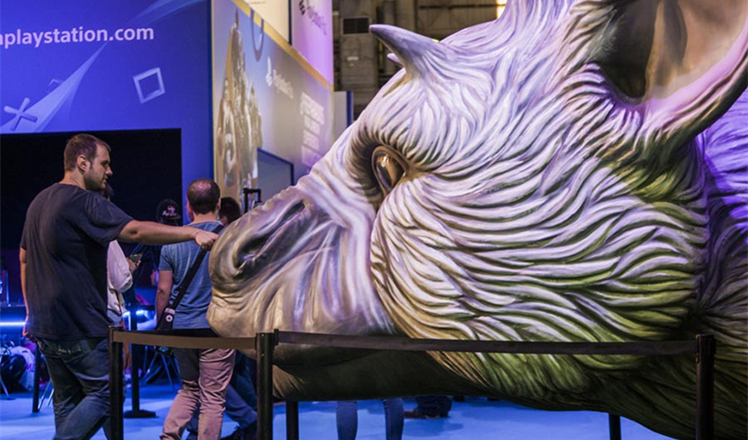
 Highlights of Barcelona Games World Fair
Highlights of Barcelona Games World Fair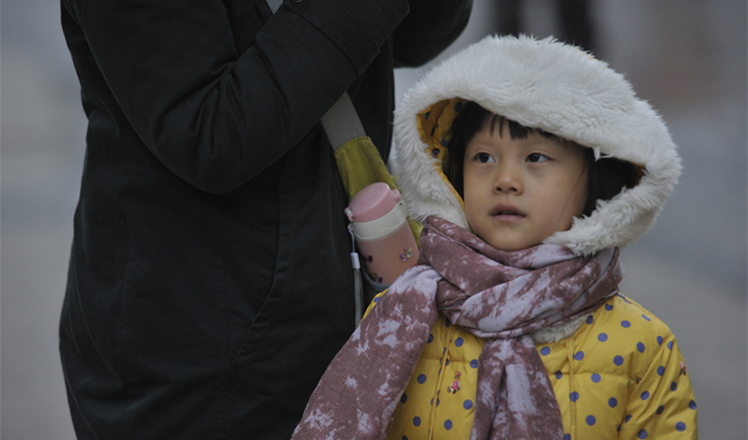
 Coats, jackets are out as cold wave sweeps in
Coats, jackets are out as cold wave sweeps in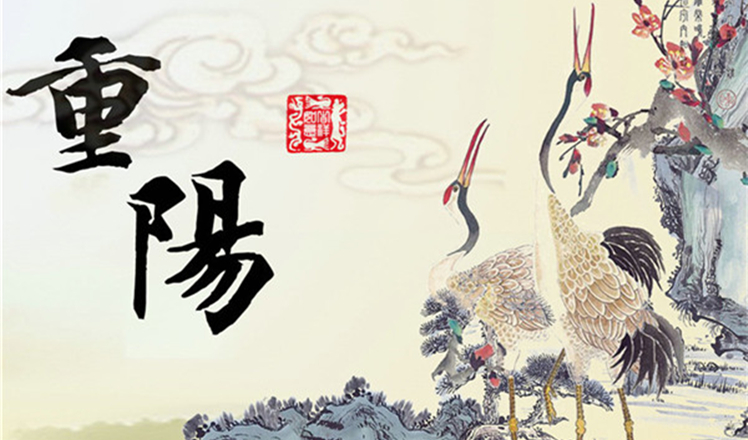
 6 things you may not know about Double Ninth Festival
6 things you may not know about Double Ninth Festival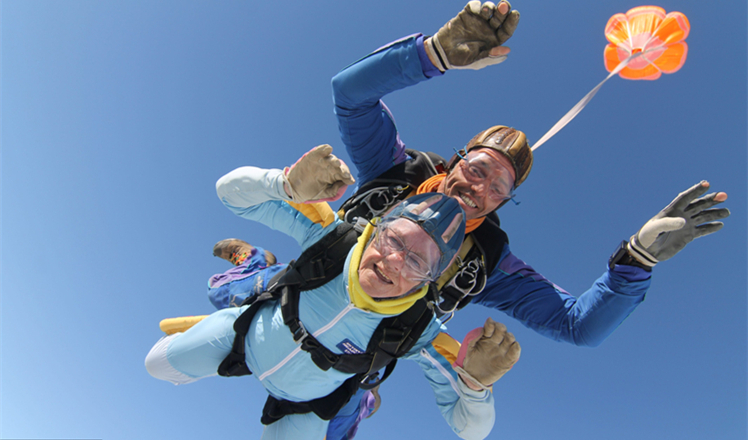
 Double Nineth Festival: Can you beat these elders?
Double Nineth Festival: Can you beat these elders?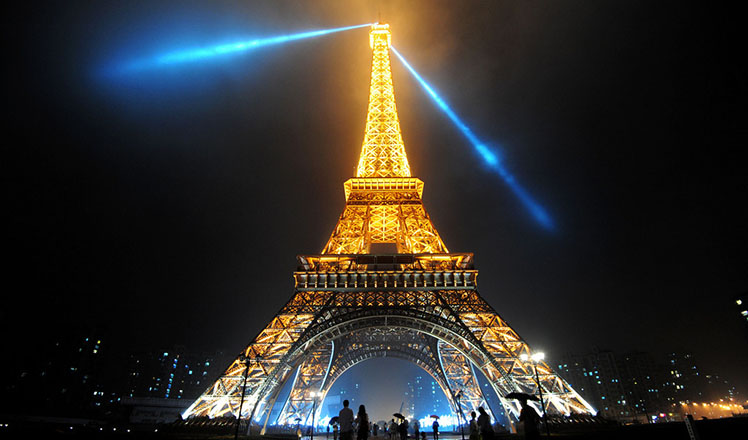
 Replica of Eiffel Tower glows in E China's Hangzhou
Replica of Eiffel Tower glows in E China's Hangzhou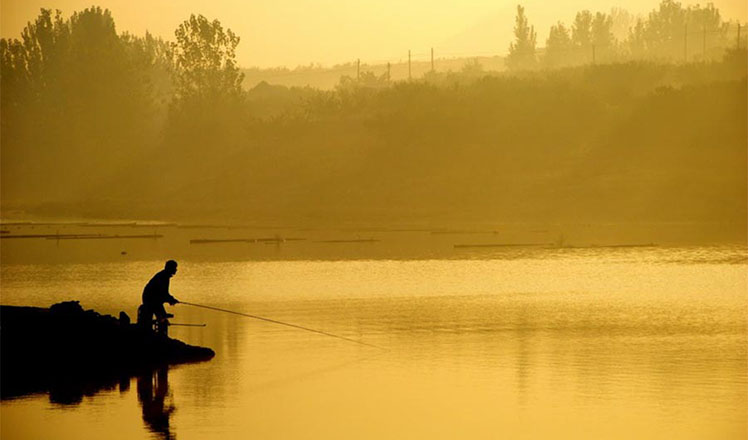
 8 things you may not know about Cold Dew
8 things you may not know about Cold Dew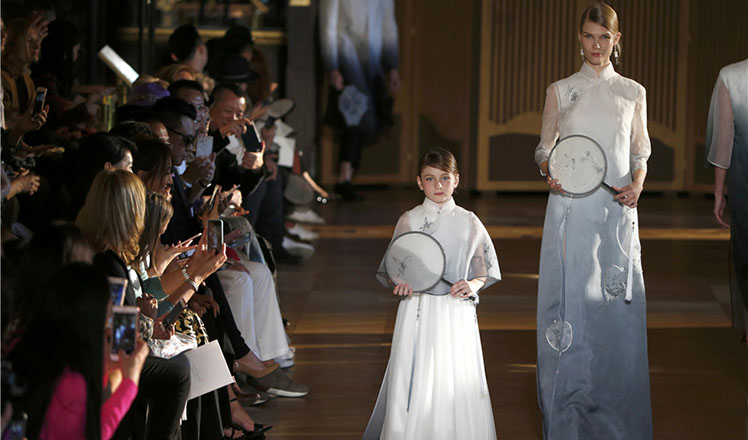
 Chinese designer's work shines at Paris Fashion Week
Chinese designer's work shines at Paris Fashion Week
Most Viewed
Editor's Picks

|

|

|

|

|

|
Today's Top News
Trump outlines anti-terror plan, proposing extreme vetting for immigrants
Phelps puts spotlight on cupping
US launches airstrikes against IS targets in Libya's Sirte
Ministry slams US-Korean THAAD deployment
Two police officers shot at protest in Dallas
Abe's blame game reveals his policies failing to get results
Ending wildlife trafficking must be policy priority in Asia
Effects of supply-side reform take time to be seen
US Weekly

|

|







